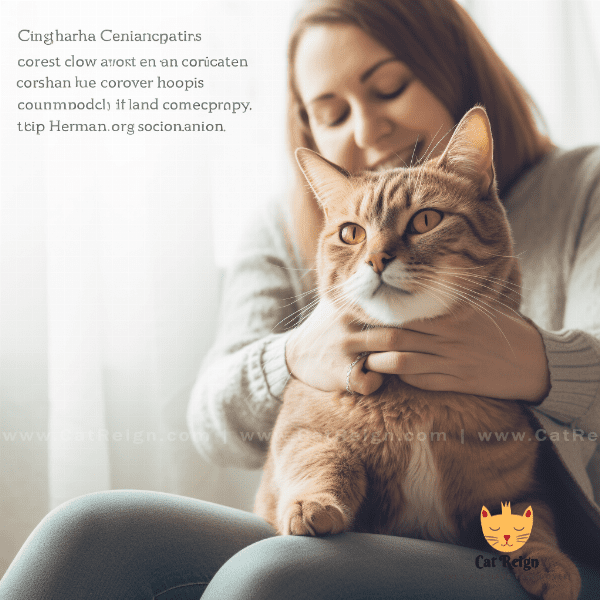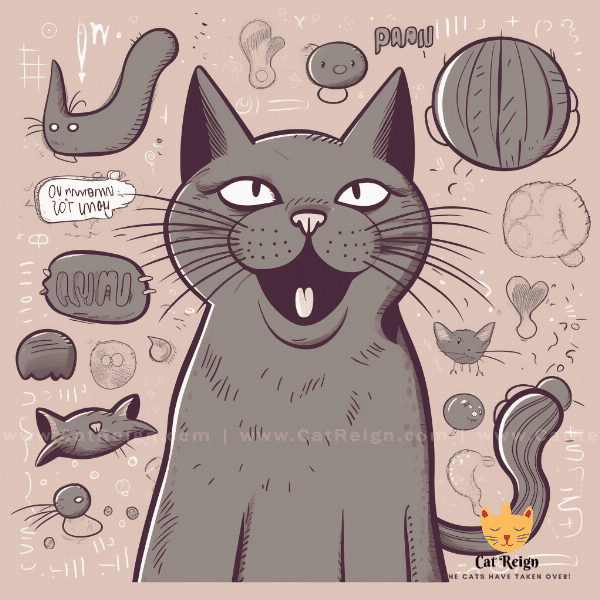Table of Contents
Introduction: Meet the Crying Cat
Cats are known for their independent nature, but sometimes they display behavior that leaves their owners puzzled. One such behavior is crying, which can be an alarming sight for cat owners who are used to their feline friends being aloof and self-reliant.
If you’ve ever encountered a Crying cat, you know how heartbreaking it can be. You may have felt confused and helpless, wondering what could be causing your cat’s tears and how you can help them. In this post, we’ll explore the world of crying cats and provide you with insights and tips to help you understand and support your furry friend.
The Mystery of Crying Cats
At first glance, it may seem like cats are incapable of crying, as they don’t produce tears like humans do. However, cats do have tear ducts that help keep their eyes moist and healthy. When cats cry, it’s usually a sign that something is bothering them, whether it be physical or emotional.
The Different Types of Crying
Crying in cats can manifest in different ways. Some cats may shed tears or produce a clear liquid from their eyes, while others may vocalize their distress through meows or yowls. In some cases, cats may even exhibit physical symptoms like shaking or trembling.
Why Cats Cry
Crying in cats can be caused by a variety of factors, including illness, injury, stress, and anxiety. It’s essential to pay attention to your cat’s behavior and identify any underlying issues that could be contributing to their distress. Once you identify the cause, you can take steps to address it and help your cat feel better.
Conclusion
Crying cats can be a source of confusion and concern for pet owners, but it’s essential to remember that this behavior is a sign that something is wrong. By understanding the different types of crying and their potential causes, you can better support your cat and help them feel safe and loved. In the next section, we’ll explore the origins of crying cats and how their behavior has evolved over time.
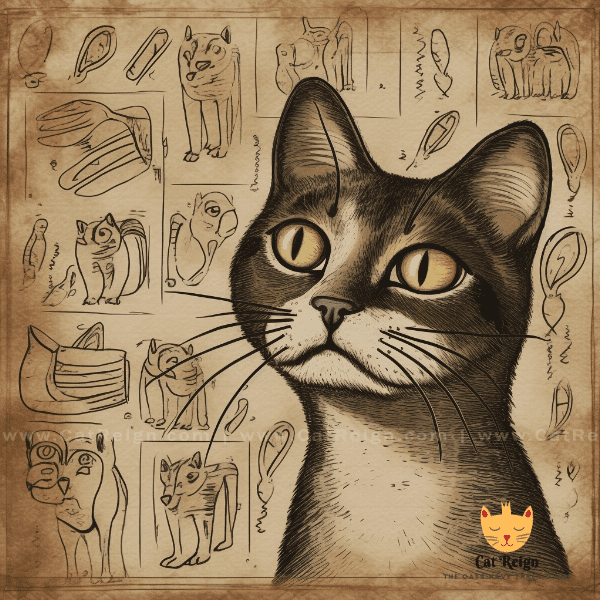
The Origins of the Crying Cat
Cats have been domesticated for thousands of years, and their behavior has evolved alongside their relationship with humans. While it’s unclear exactly when cats began displaying signs of crying, there are several theories about how this behavior came to be.
An Evolutionary Adaptation
One theory is that crying in cats is an evolutionary adaptation that helped them survive in the wild. Tears can help protect the eyes from debris and infection, and crying may have helped injured or sick cats signal for help from their fellow felines.
A Response to Human Interaction
Another theory is that crying in cats is a response to human interaction. As cats became more domesticated, they began to rely on humans for food and shelter. Crying may have become a way for cats to communicate with their human caregivers and express their needs.
A Sign of Emotional Distress
Finally, some experts believe that crying in cats is a sign of emotional distress. Cats are complex animals with a range of emotions, and crying may be their way of expressing sadness, fear, or anxiety. Understanding your cat’s body language can help you identify when they’re feeling overwhelmed and in need of comfort.
Conclusion
The origins of crying cats are not entirely clear, but what is clear is that this behavior is a sign that something is wrong. Whether it’s a physical or emotional issue, it’s essential to pay attention to your cat’s behavior and take steps to address any underlying problems. In the next section, we’ll explore the signs of sorrow in cats and how to identify when your cat is crying.

Signs of Sorrow: Understanding Feline Emotions
Cats are known for their stoic nature, but they do experience a range of emotions, including sadness and grief. Understanding the signs of sorrow in cats can help you identify when your cat is crying and take steps to support them.
Physical Signs of Sorrow
Physical signs of sorrow in cats can include lethargy, loss of appetite, and changes in grooming habits. If your cat is crying due to physical pain or illness, they may also exhibit symptoms like vomiting, diarrhea, or breathing difficulties. It’s essential to monitor your cat’s behavior and seek veterinary care if you notice any concerning symptoms.
Behavioral Signs of Sorrow
Behavioral signs of sorrow in cats can include changes in vocalization, decreased activity, and avoidance of social interaction. If your cat is crying due to emotional distress, they may also become more clingy or seek out comfort from their human caregivers. It’s essential to provide your cat with a safe and secure environment and spend extra time with them to help them feel loved and supported.
Non-Verbal Cues
Non-verbal cues can also be indicative of your cat’s emotional state. Dilated pupils, flattened ears, and a tucked tail can all be signs that your cat is feeling anxious or stressed. Conversely, a relaxed body posture, purring, and slow blinks can indicate that your cat is feeling content and happy.
Conclusion
Understanding the signs of sorrow in cats is crucial for identifying when your cat is crying and providing them with the support they need. Whether your cat is experiencing physical pain or emotional distress, it’s important to monitor their behavior and seek veterinary care if necessary. In the next section, we’ll explore tips for soothing a crying cat and helping them feel more comfortable.
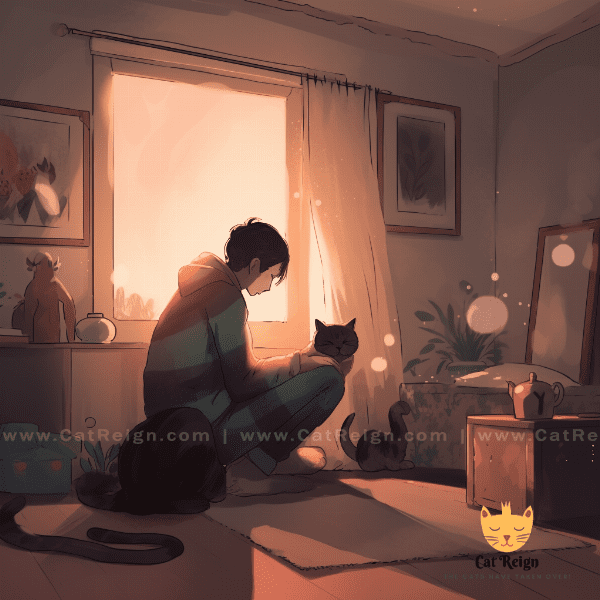
Seeking Help: Tips for Soothing a Crying Cat
If your cat is crying, it’s essential to identify the underlying cause and take steps to address it. While veterinary care may be necessary in some cases, there are also several things you can do at home to help soothe a crying cat.
Provide a Calming Environment
Creating a calming environment can help reduce your cat’s stress levels and make them feel more comfortable. This can include providing a cozy bed, a quiet space to retreat to, and soothing music or pheromone diffusers. It’s also important to avoid any loud noises or sudden movements that could startle your cat and make them feel more anxious.
Spend Time with Your Cat
Spending quality time with your cat can help them feel loved and supported. This can include playing with them, grooming them, or simply cuddling with them on the couch. By providing your cat with attention and affection, you can help reduce their stress levels and make them feel more comfortable.
Offer Food and Water
Offering your cat food and water can help ensure that they’re getting the nutrients they need and feel more comfortable. If your cat is experiencing loss of appetite, you may need to try different types of food or feeding them smaller, more frequent meals. It’s important to monitor your cat’s eating habits and seek veterinary care if you notice any significant changes.
Conclusion
Soothing a crying cat can be challenging, but by creating a calming environment, spending time with your cat, and offering food and water, you can help them feel more comfortable and supported. If your cat’s crying persists or you notice any concerning symptoms, it’s important to seek veterinary care to identify and address the underlying issue. In the next section, we’ll explore coping with loss and supporting a grieving cat.
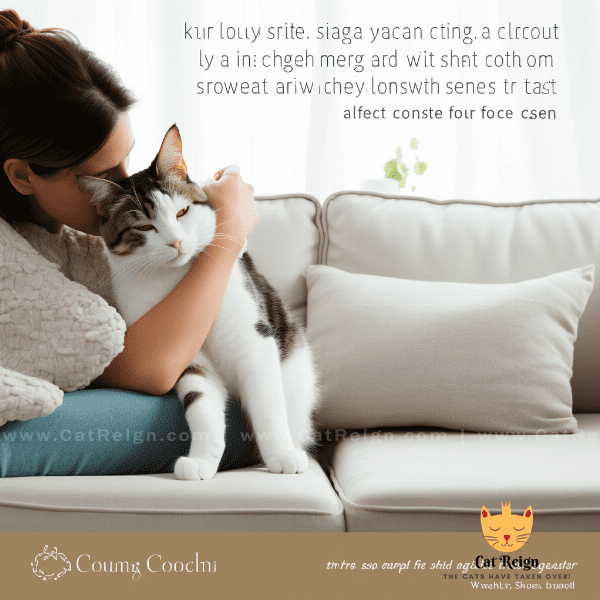
Coping with Loss: When Your Cat is Grieving
Losing a pet can be a difficult and emotional experience, not just for their human caregivers but for their feline companions as well. If your cat has experienced the loss of a companion, it’s essential to understand the signs of grief and take steps to support them through this challenging time.
Signs of Grief in Cats
Signs of grief in cats can include changes in behavior, loss of appetite, and decreased activity. Your cat may also vocalize more frequently or seek out the companionship of their human caregivers. It’s essential to monitor your cat’s behavior and provide them with the support and comfort they need.
Providing Comfort and Support
Providing your cat with comfort and support can help them cope with their grief. This can include spending extra time with them, providing a cozy and comforting environment, and engaging in activities that they enjoy. It’s also important to avoid any major changes or disruptions to their routine during this time.
Consider Adopting a Companion
If your cat has lost a companion, you may want to consider adopting a new feline friend. While it’s essential to give your cat time to grieve and adjust to the loss of their companion, providing them with a new friend can help alleviate their loneliness and provide them with a sense of companionship.
Conclusion
Losing a companion can be a challenging and emotional experience for cats, but by understanding the signs of grief and providing comfort and support, you can help them cope with their loss. If you’re considering adopting a new companion, it’s essential to give your cat time to adjust and find the right match. In the next section, we’ll explore the healing power of love and how to support your crying cat.
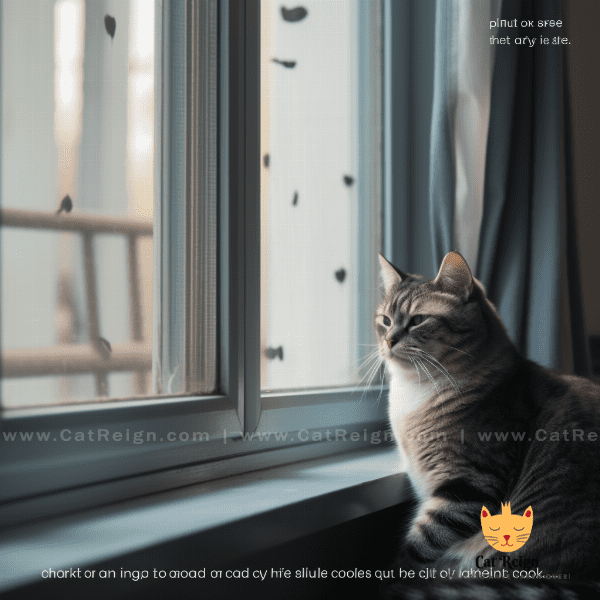
The Healing Power of Love: How to Support Your Crying Cat
Cats are sensitive and emotional creatures, and they thrive on love and affection. If your cat is crying, providing them with the love and support they need can help them heal and feel more comfortable.
Provide Affection and Attention
Providing your cat with affection and attention can help reduce their stress levels and make them feel loved and supported. This can include cuddling with them, playing with them, and talking to them in a soothing voice. By showing your cat that you care, you can help alleviate their distress and make them feel more comfortable.
Practice Positive Reinforcement
Practicing positive reinforcement can also help your cat feel more secure and confident. This can include rewarding them for good behavior, offering treats, and using toys to engage and stimulate them. By reinforcing positive behaviors, you can help your cat feel more comfortable and confident in their environment.
Engage in Playtime
Engaging in playtime with your cat can also help reduce their stress levels and provide them with a sense of comfort and security. This can include using toys, playing games like hide-and-seek, or simply spending time with them in a relaxed and playful manner. By engaging in playtime, you can help your cat feel more comfortable and relaxed.
Conclusion
The healing power of love can have a significant impact on your cat’s well-being, especially when they’re feeling distressed or crying. By providing your cat with affection and attention, practicing positive reinforcement, and engaging in playtime, you can help them feel more comfortable and supported. If your cat’s crying persists or you notice any concerning symptoms, it’s important to seek veterinary care to identify and address the underlying issue.
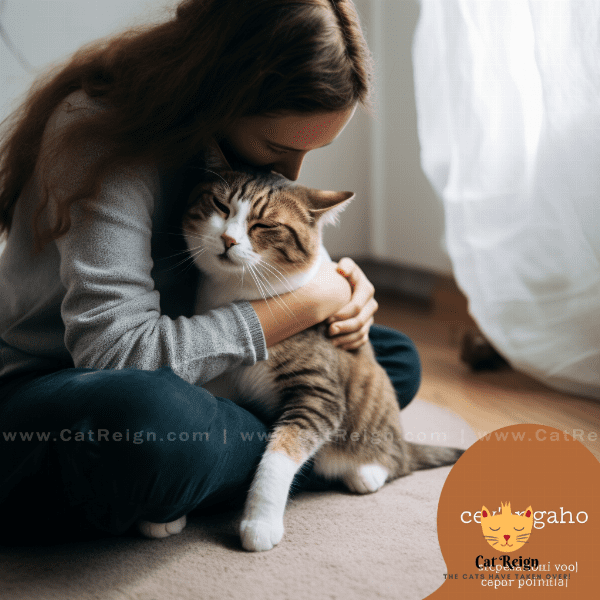
Conclusion: Finding Hope in Sorrow
Crying in cats can be a challenging and emotional experience for both cats and their human caregivers. However, by understanding the signs of sorrow, seeking help, and providing love and support, you can help your cat feel more comfortable and overcome their distress.
The Importance of Understanding Your Cat’s Emotions
Understanding your cat’s emotions is crucial for identifying when they’re crying and providing them with the support they need. By paying attention to their behavior and body language, you can identify signs of distress and take steps to address any underlying issues.
The Power of Love and Support
The healing power of love and support cannot be overstated when it comes to supporting a crying cat. By providing your cat with affection, attention, and a comforting environment, you can help alleviate their distress and make them feel more secure and comfortable.
Seeking Help When Needed
If your cat’s crying persists or you notice any concerning symptoms, it’s essential to seek veterinary care to identify and address any underlying issues. Your vet can help diagnose and treat any physical or emotional issues that may be contributing to your cat’s distress.
Finding Hope in Sorrow
While crying in cats can be a challenging and emotional experience, it’s important to remember that there is hope. By understanding your cat’s emotions, providing love and support, and seeking help when needed, you can help your cat overcome their distress and find comfort and happiness once again.
Remember to always provide your cat with the love and support they need, and don’t hesitate to seek help when needed. With the right care and attention, your crying cat can find hope and happiness once again.
